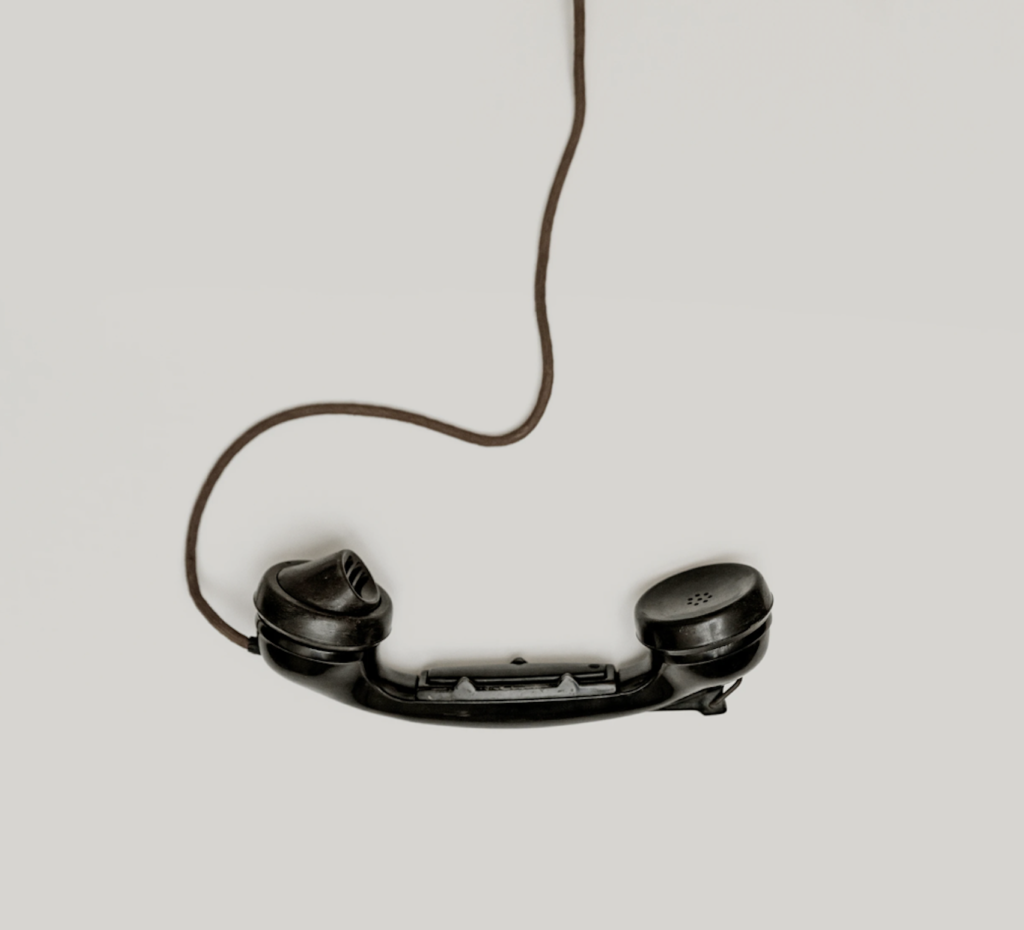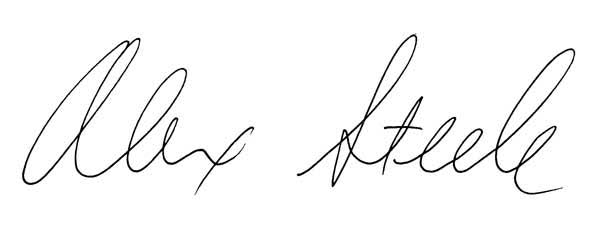
We writers need to write about the tough stuff, happening around and inside us. However, we also want to keep it so engrossing that our audience will stick with it.
Three classic examples:
All in the Family, created by Norman Lear…
Confronts racism and intolerance. It’s a TV sitcom that was #1 in the ratings for five years running in the 1970s. (The show’s creator, Norman Lear, recently passed at the age of 101.)
Archie Bunker, the central character, is an unapologetic bigot, a working-class white guy who “knows” he is superior to Blacks, Jews, gays, and pretty much anyone different than him.
Archie is more ignorant than hateful, and we can laugh at his ignorance, as with his malapropisms, like when he speaks of a priest sprinklin’ incest on the congregation. But he’s not a cartoon; he’s a real person that we feel we know. And we’re glad to see others challenging his odious views, especially his lefty son-in-law, whom he calls Meathead.
Matilda, by Roald Dahl…
Confronts the emotional and physical abuse of children. It’s an uproarious children’s book beloved by generations of kids.
Matilda is a five-year-old girl with a brilliant mind, whose parents have no interest in her. Her school is run by Miss Trunchbull, a towering woman who despises kids, calling them things like maggot and slug. And she roughs them up, like the time she grabs a child by her pigtails and sends her sailing through the air.
Most of the abuse is so over the top as to be humorous, without entirely losing its terror. And we stay with the story because Matilda quietly fights the abuse, gluing her dad’s hat to his head and working on a devious way (involving telekinesis and chalk) to send Trunchbull fleeing the school forever.
Wave, by Sonali Deraniyagala…
Confronts the grief of losing loved ones. It’s a highly acclaimed, bestselling memoir that’s offered solace to its many readers.
It’s a true account of how Sonali lost her parents, husband, and two sons on the day an ungodly tsunami struck Sri Lanka. And how she tried to cope with the loss through alcohol, pills, self-harm, and thoughts of suicide.
We experience her unimaginable grief, but we want to keep going because it’s strong storytelling (will she survive her grief or not?) and it’s written with eloquent honesty, as seen here, when Sonali visits the site of the disaster six months later:
What I really wanted was to find Crazy Crow, the big glove puppet with unruly black feathers that we had given Malli for Christmas, the day before the wave. When he tore open the wrapping and saw it, how he’d lit up.
So much loss and love right there.
A writer’s magic trick: taking us through the tough stuff by telling a great tale.

Alex Steele
President






